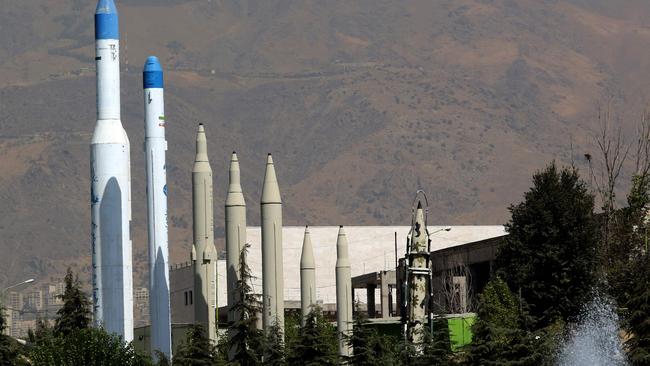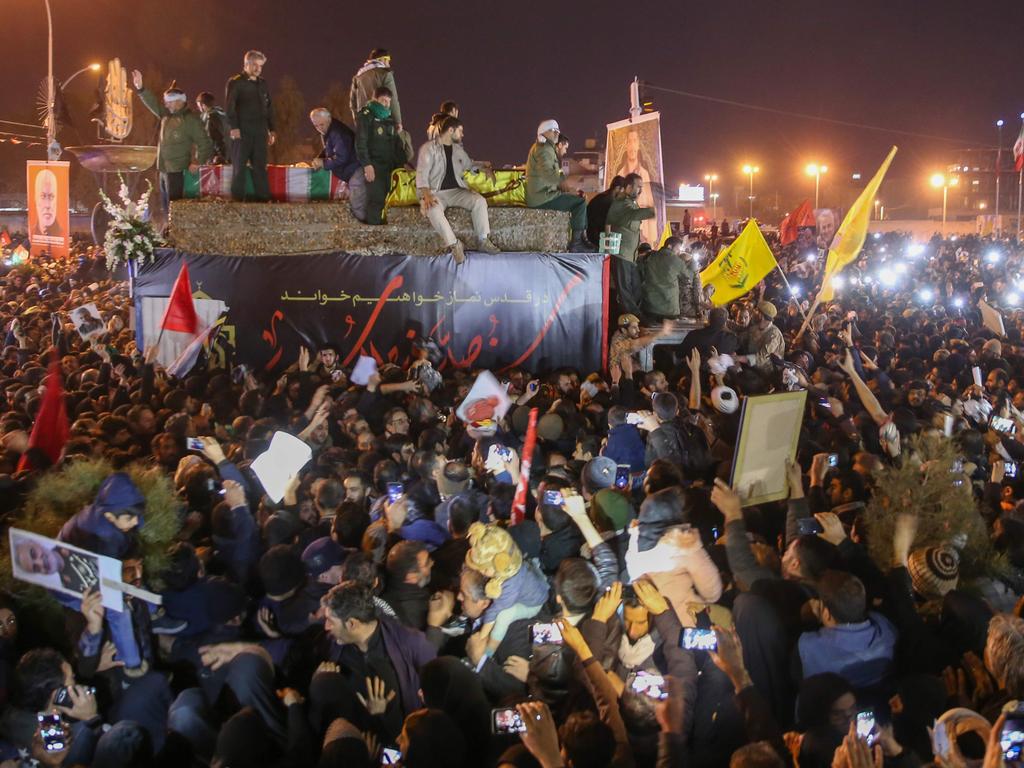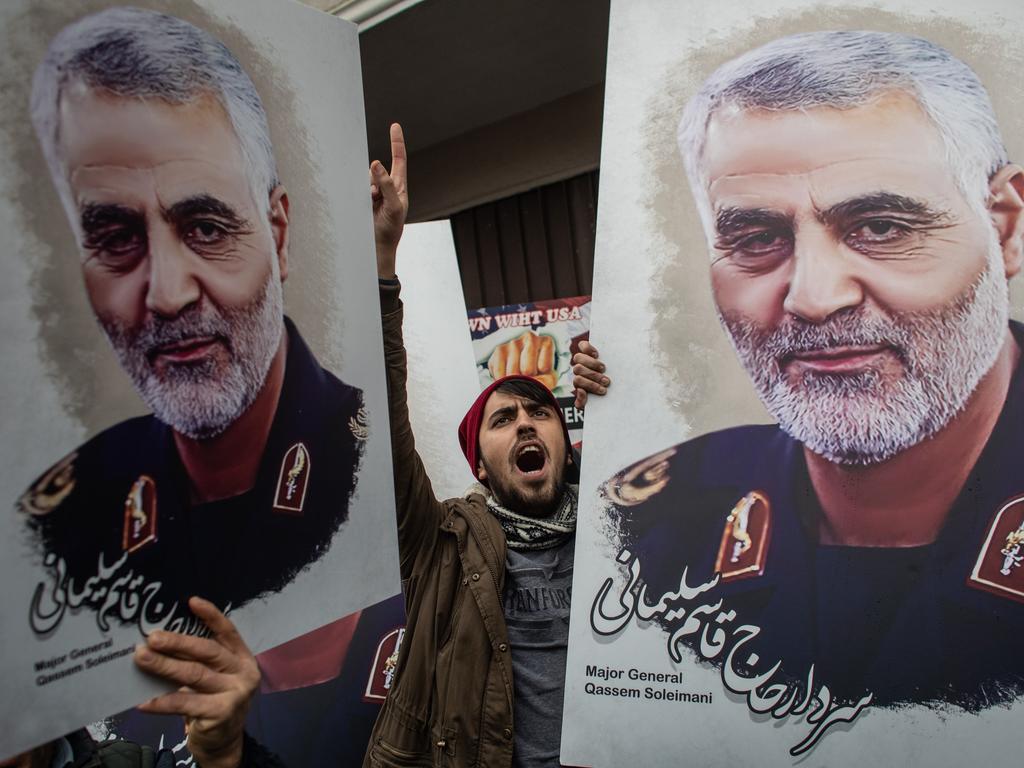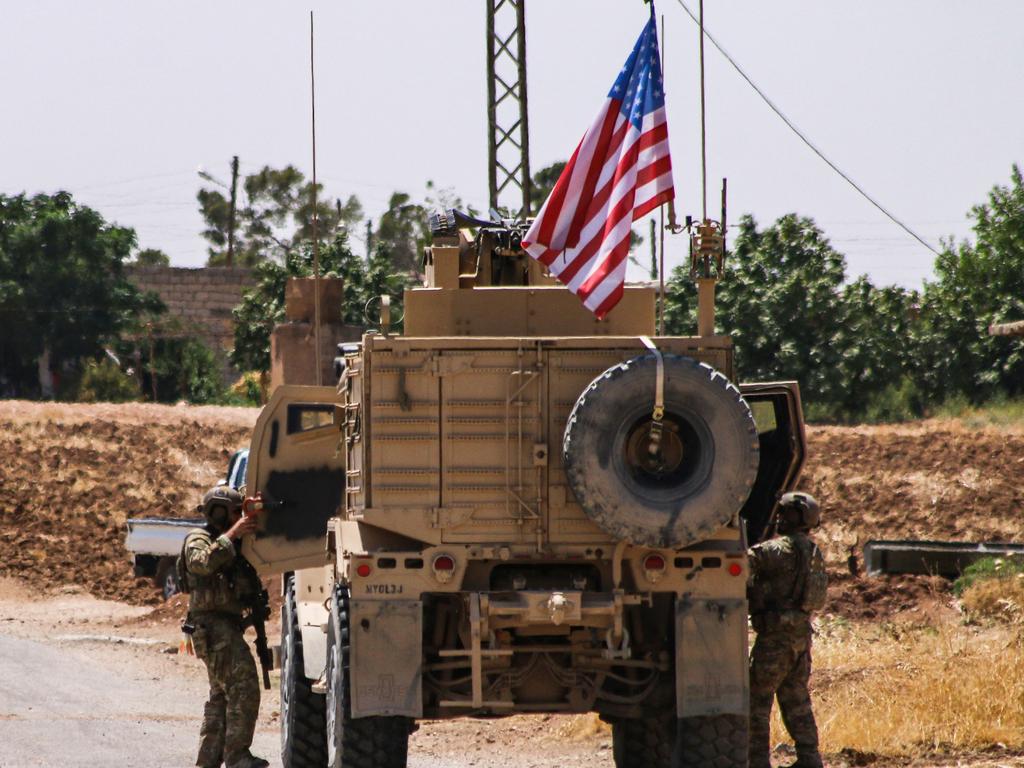Pentagon sights trained on Iran missile bases
Iran has built up the largest arsenal of missiles of every type in the Middle East, located at bases that the Pentagon would target.

Iran has built up the largest arsenal of missiles of every type in the Middle East, located at bases that the Pentagon would include in target options for President Trump.
Its medium-range ballistic missiles pose the gravest threat as they are capable of hitting American military assets in the Gulf region and Tel Aviv.
By contrast, the Iranian air force has old fighter aircraft that could never compete with America’s advanced stealth fighters and bombers, and therefore pose little threat.
The other principal threat comes from the Islamic Revolutionary Guard Corps’ naval forces, which have multiple fast-attack missile boats that have been used in “swarm” attacks on shipping in the Gulf.
If Iran were to launch revenge attacks on US military locations in Iraq or elsewhere in the Middle East, the Pentagon would offer the president a series of graded options, depending on the severity of the response demanded by the US commander-in-chief.
US retaliation might also depend on whether Iran chose to launch direct attacks from its own territory or used proxy forces in Iraq or elsewhere to hit American or coalition forces. The Pentagon would draw up targets to deliver a proportionate response, or in the event of an imminent Iranian strike, a pre-emptive attack aimed at removing the perceived threat to life.
This might include strikes on Iranian missile boats if there were an attempt to attack US warships or commercial shipping in the Gulf. Iran has naval bases at Bandar Abbas, Bushehr and Kharg Island.
The Pentagon’s defence intelligence agency and the CIA have kept a close watch over the years on Iran’s missile build-up and have a good grasp of the main bases and dispersed sites. However, as Anthony Cordesman of the Washington-based Centre for Strategic and International Studies, reported last year: “Short and medium-range missiles are relatively easy to disperse and are much harder to target and destroy than aircraft tied to an air base.”
Iran’s missile arsenal is controlled by the Islamic Revolutionary Guard Corps Aerospace Force. There are four or five fixed sites, all housing the Shahab-3 ballistic missile, which has a range of 1,200 miles.
However, Henry Boyd, of the London-based International Institute for Strategic Studies, said the Iranians would be aware of the fixed sites’ vulnerability and many of the missiles were dispersed or road-mobile, making them difficult to track.
He said that Iran made frequent claims of new medium-range ballistic missiles, “but basically they are all versions of the Shahab-3”. Locating Iran’s cruise missiles, which have a range of 1,200 miles and were used to attack a Saudi Arabian oil-processing plant in September, would also be difficult. “They are dispersed and their launch vehicles are inconspicuous,” Mr Boyd added.
One important target could be a missile production plant in Parchin, a military complex near Tehran.
The Times







To join the conversation, please log in. Don't have an account? Register
Join the conversation, you are commenting as Logout